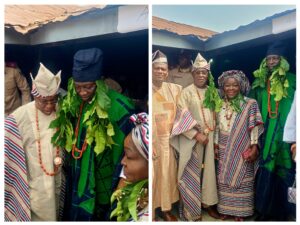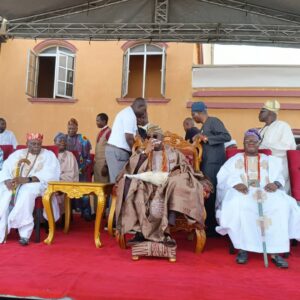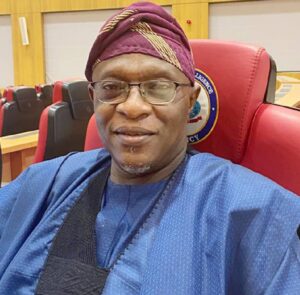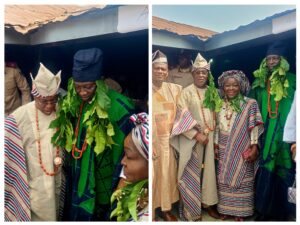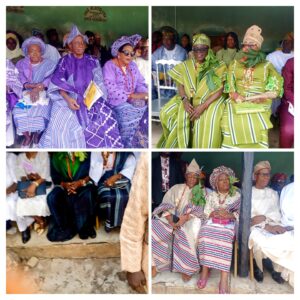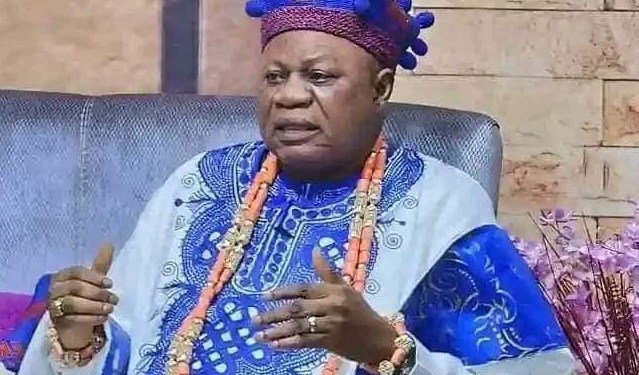
The attention of the Concerned Group in Oko Kingdom has been drawn to recent defamatory remarks allegedly portraying the Oko Kingdom as a “tenant” to Iresaapa. We categorically reject this unfounded and provocative claim, which is not only misleading but also deeply disrespectful to the historical and cultural heritage of the Oko Kingdom.
We urge the leadership and people of Iresaapa to dissociate themselves from any individual or group whose actions or utterances may incite discord and strain the longstanding cordial relationship between our two communities. For generations, Oko and Iresaapa have coexisted peacefully, bound by mutual respect, shared values, and historical cooperation. It is our collective duty to preserve and protect this legacy for future generations.
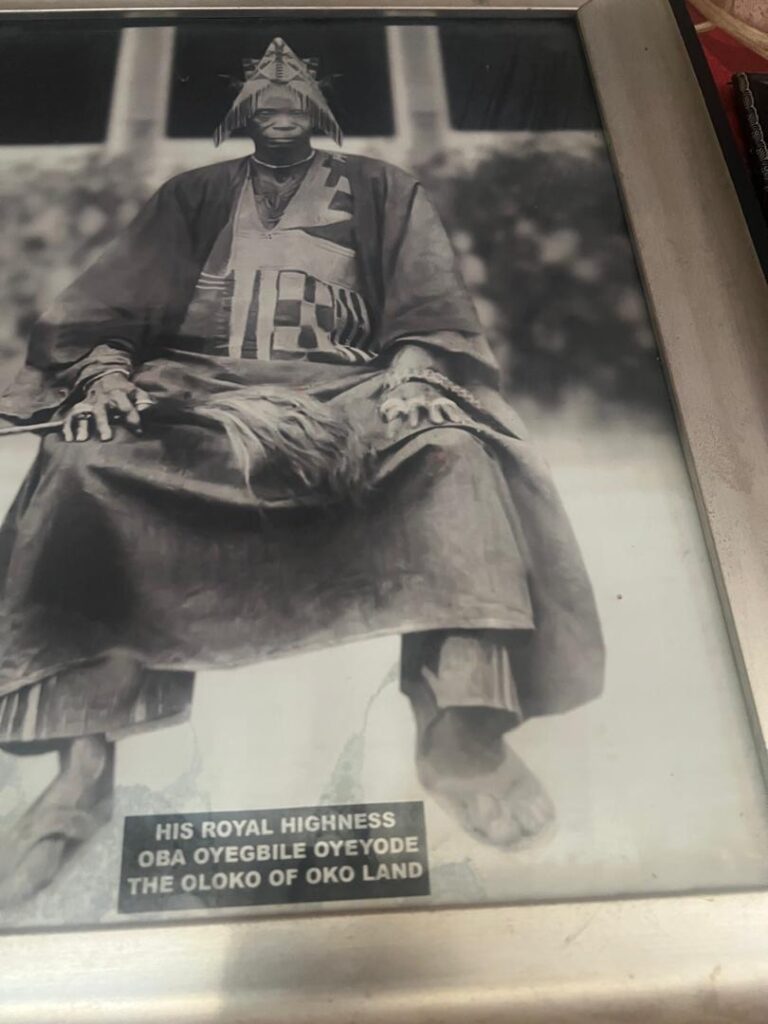
Furthermore, we find it necessary to remind the people of Iresaapa that, in their earlier response, they made reference to their ties to prominent vassal kings such as the Olugbon, the Onikoyi, the Arẹsàapa and several others. This acknowledgment, whether deliberate or otherwise, is a tacit admission of historical realities regarding Iresaapa’s traditional status and affiliations.
It is therefore puzzling that the same response now seeks to reinterpret or twist these facts, as though Iresaapa lacks awareness of its own historical position. Such contradictions raise serious questions about the sincerity and consistency of their narrative.
The assertion that Olókò is a tenant to Aresaapa is a historical inaccuracy that grossly misrepresents the origins, hierarchy, and cultural legacy of the people of Oko. Rather than being subordinate to Aresaapa, Olókò holds superior historical and traditional authority, being a direct descendant of Oranmiyàn, the legendary progenitor of many Yoruba royal lineages.
- Royal Descent and Foundational Legacy
Olókò is a scion of Oranmiyàn, a revered prince of Ifẹ̀ and founder of the Oyo Empire. This royal connection bestows upon Oko a sacred and autonomous heritage. It is historically unfounded and culturally misleading to suggest that a sovereign lineage such as this would be a tenant to a settlement like Iresaapa, whose roots do not trace back to such noble ancestry.
- Origin of Iresaapa and Lack of Ancient Monarchical Institutions
The origin of Iresa lies in Ipasa, it was after migration that they came to settle in Iresa, according to the historical records documented by Pa Samuel, there is no initial mention of a separate entity known as Iresaapa. The historical narrative recognizes only Iresa as the original settlement. The division that led to the emergence of Iresaadu and Iresaapa occurred during the reign of Oba Saakin, the 11th Arẹsa of Iresa. It was during his time that he fathered a set of twins, an event that symbolically and politically marked the split of the Iresa kingdom into two distinct communities: Iresaadu (the elder line) and Iresaapa (the younger line). This schism laid the foundation for the eventual development and recognition of Iresaapa as a separate town.
Prior to the emergence of Iresaapa as an identifiable community, the Oko Kingdom had already been in existence and maintained regional influence for several decades. Oko was among the early established Yoruba settlements in the area, with a structured traditional leadership and cultural system predating the division of Iresa. This timeline helps place the formation of Iresaapa in a more recent historical context compared to the longstanding legacy of the Oko Kingdom.
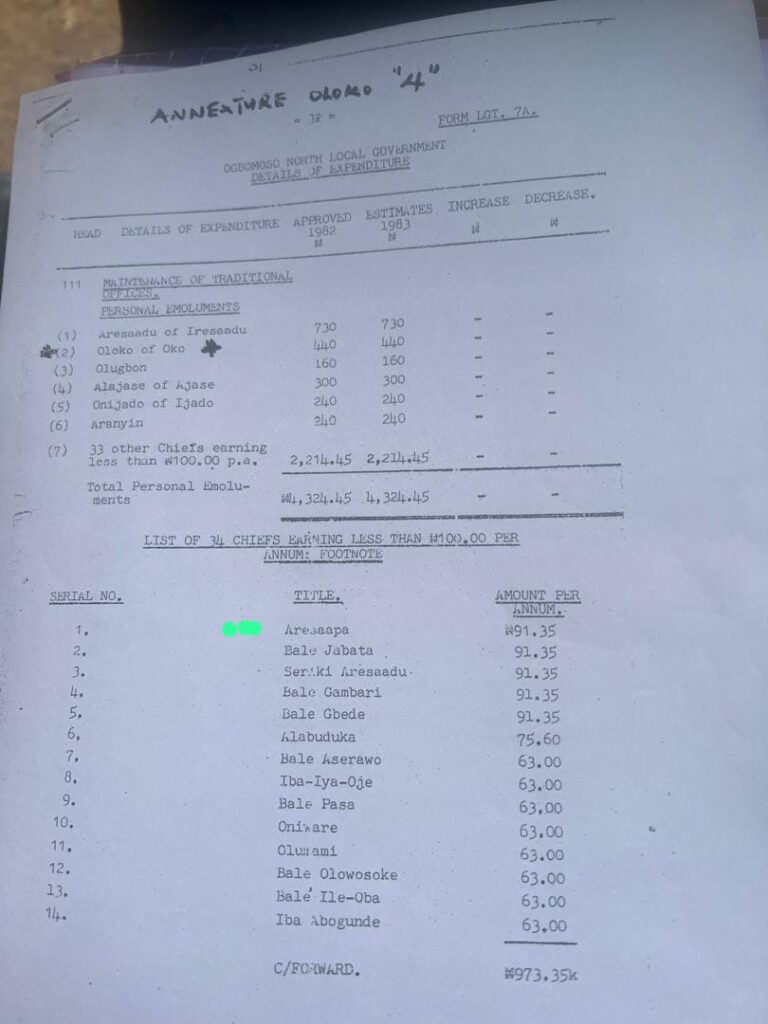
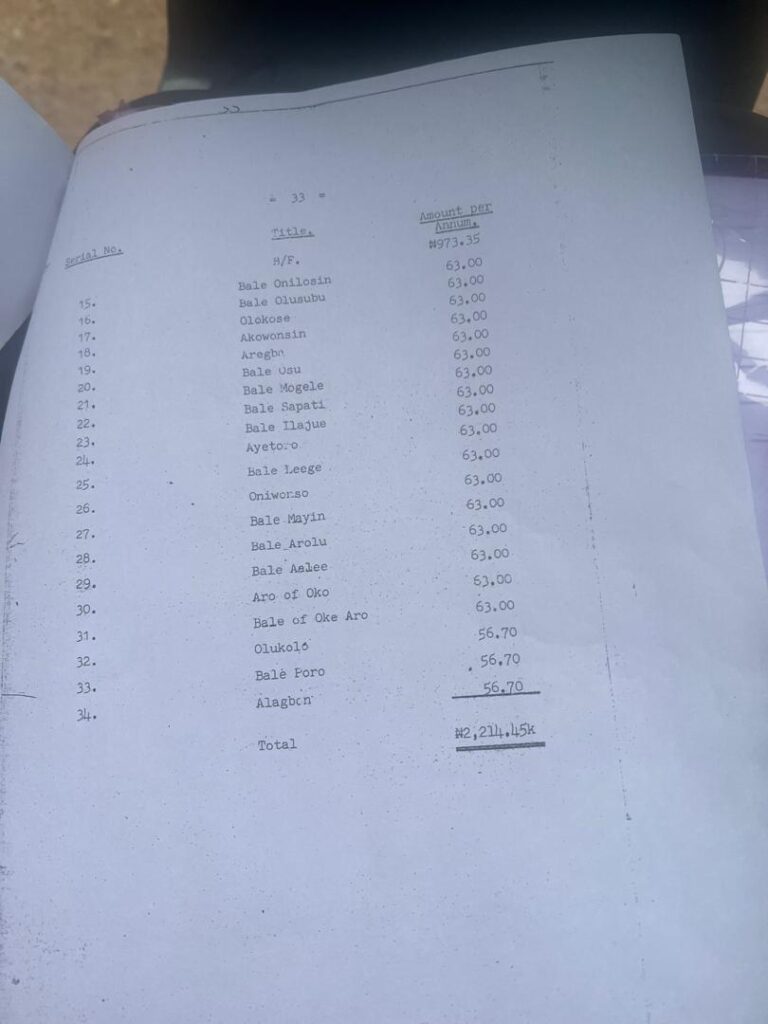
Furthermore, the current Aresaapa is the third in line, with his predecessor being Salawu. It is only in recent years—barely three years ago—that Iresaapa could even claim to have a palace, unlike Oko, whose traditional institution is ancient and well-established. It’s an height of insensitivity for a community like Iresaapa to engage in supremacy tussle with Oko Kingdom with deep royal ancestral lineage, the 8th Olókò we are referring to is the incumbent Olókò, after the Fulani war. Several Olókòs had ruled before the war, but following the war, the present one is considered the 8th Olókò. This raises the question: why is the King of Iresa Pupa referred to as the 3rd Aresa Pupa?
- The Founding of Ahoro-Oko
The founding of Ahoro-Oko traces back to the Aabun family in Oko Kingdom. A member of this family, Odesola, along with another man named Dada, often went hunting in the forest known as Igbó ijù. During these hunting trips, Odesola built a small shelter known as an Ahoro, which served as a place to rest and stay after hunting.
Over time, this shelter became more than just a resting spot. People began visiting Odesola to buy bush meat from his hunts. Eventually, he settled permanently in the area. As more people came to trade, settle, and live around him, the place began to grow and develop into a community. With continued expansion, the settlement eventually evolved into a kingdom.
The first Ọba (king) of this kingdom was Akande, followed by Isaac Oyerele, and then Oba Bashir Raji, who is the current monarch. As the community progressed and transformed, its name was officially changed from Ahoro-Oko to the present-day Oko-ile.
It is important to note that Oko-ile is not a direct descendant of Oranmiyan, as some claims from Iresaapa suggest. In reality, the establishment and rise of Oko-ile was driven by the efforts of the Aabun compound in Oko contrary to Iresaapa’s assertion.
- Absence of Historical Crowning by Aresaapa
There is no recorded instance of Aresaapa crowning any Olókò as Oba. Conversely, the community of Oko has a verifiable history of producing and crowning its own monarchs. The historical fact that no Olókò has ever been installed by Aresaapa categorically dismantles any claim of subordination. The Oko Kingdom challenge Iresaapa to name one Olókò that was crowned by it as purportedly claimed, let them come out and tell the world.
- Cultural and Civic Superiority
Oko played a foundational role in the development of Iresaapa by establishing its market—an enduring sign of leadership and economic influence. The existence of a Customary Court in Oko as far back as 1934, presided over by Oba Oyegbile Oyeyode, followed by Ajase and later Iresaadu, is a testament to Oko’s historical prominence in governance and judiciary matters. A tenant does not lead in matters of administration and civic infrastructure.
- Recognition by the Aláàfin and Council Structure
The Aláàfin of Ọ̀yọ́, a supreme traditional authority, once directly challenged the Olókò for not holding the Oranmiyàn Festival—an honor reserved for royal lineages tied to Oranmiyàn. This alone reaffirms Olókò’s place in the pantheon of royal Yoruba houses. Interestingly, within the Council of Obas, Aresaapa is categorized under Olókò, even in terms of Royalty’s remuneration from the government coffer which reinforces the hierarchical structure in which Oko stands above Iresaapa.
In Conclusion, the claim that Olókò is a tenant to Aresaapa is a fabrication that contradicts documented history, cultural traditions, and monarchical structures. The facts speak unequivocally: Olókò is not only an independent and sovereign monarch but a custodian of a royal heritage that is superior to Aresaapa in origin, authority, and influence.
We call for restraint, truthfulness, and a renewed commitment to dialogue grounded in respect and historical accuracy. Let us not allow reckless statements to undermine the peace and unity that our ancestors labored to build.
The truth must be preserved, and historical distortions corrected—Oko stands tall as a land of royal descent, and its people must continue to honor their legacy with pride and dignity, the group concluded.

